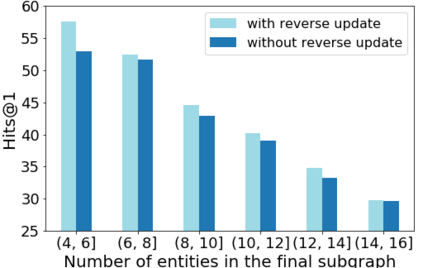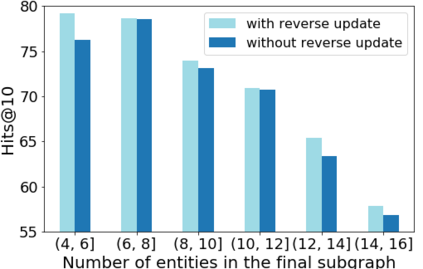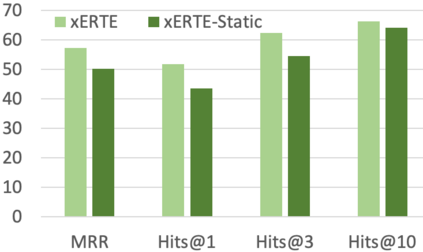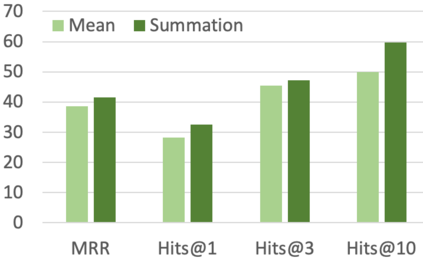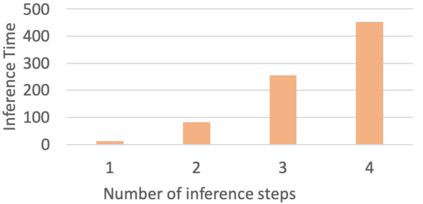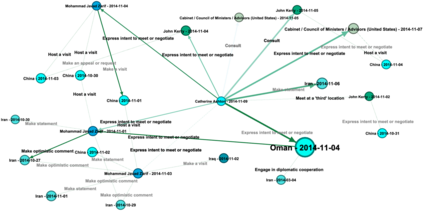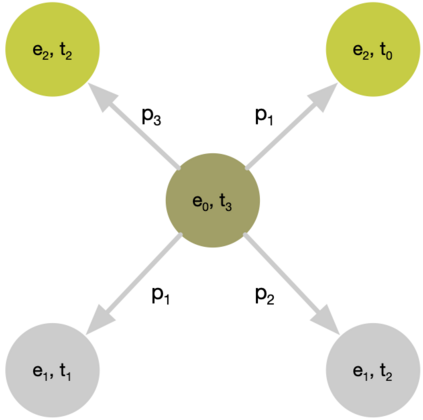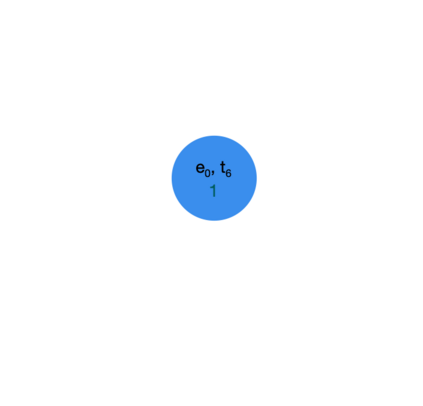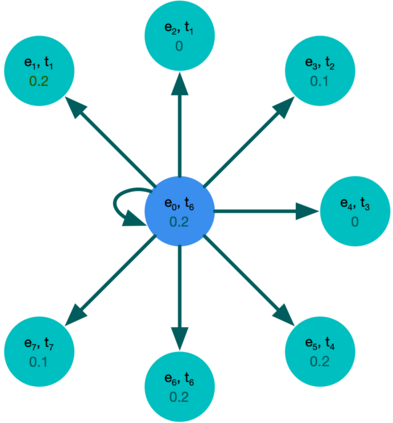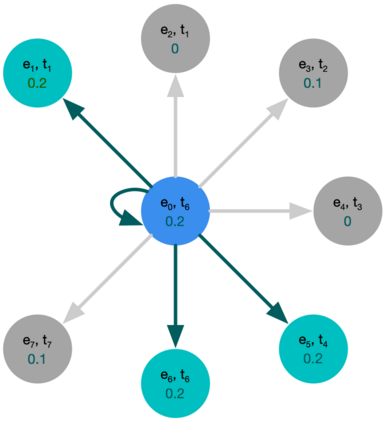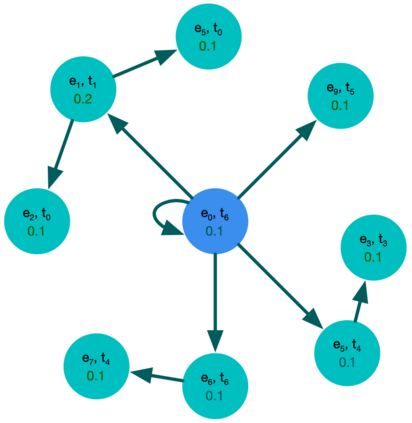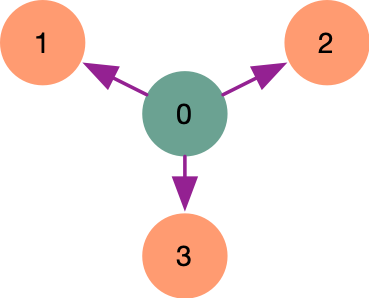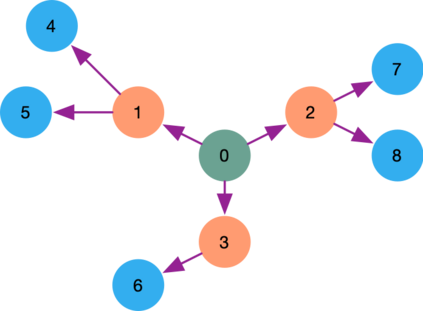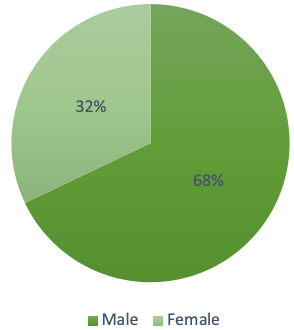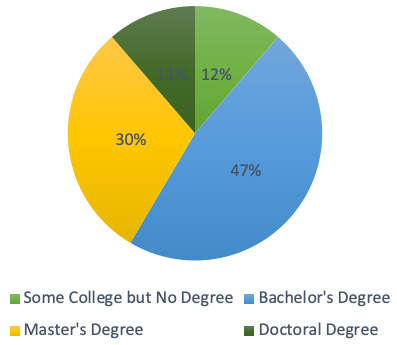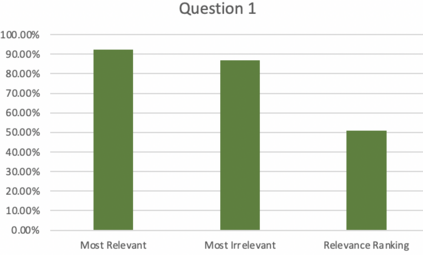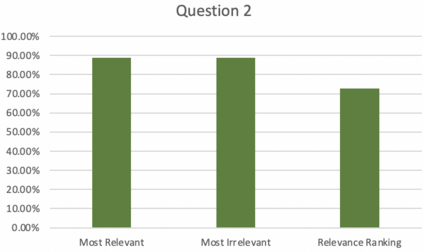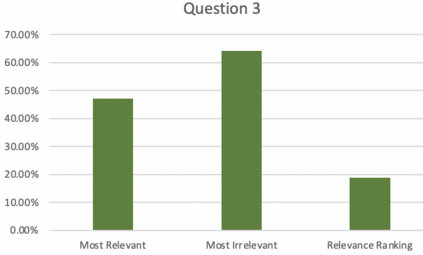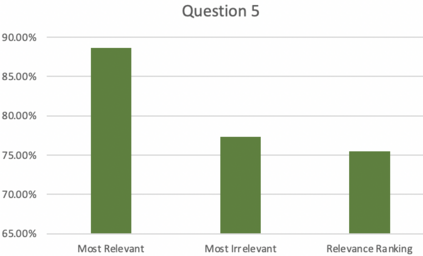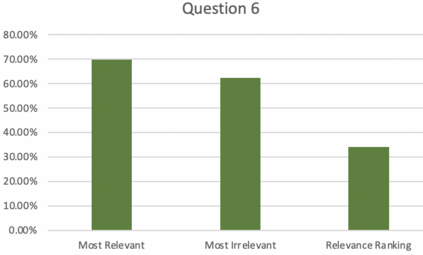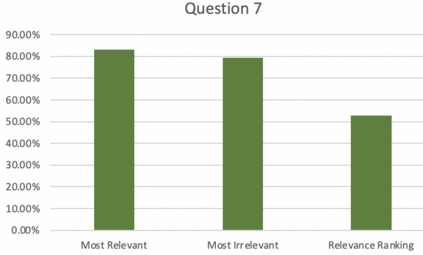Modeling time-evolving knowledge graphs (KGs) has recently gained increasing interest. Here, graph representation learning has become the dominant paradigm for link prediction on temporal KGs. However, the embedding-based approaches largely operate in a black-box fashion, lacking the ability to interpret their predictions. This paper provides a link forecasting framework that reasons over query-relevant subgraphs of temporal KGs and jointly models the structural dependencies and the temporal dynamics. Especially, we propose a temporal relational attention mechanism and a novel reverse representation update scheme to guide the extraction of an enclosing subgraph around the query. The subgraph is expanded by an iterative sampling of temporal neighbors and by attention propagation. Our approach provides human-understandable evidence explaining the forecast. We evaluate our model on four benchmark temporal knowledge graphs for the link forecasting task. While being more explainable, our model obtains a relative improvement of up to 20% on Hits@1 compared to the previous best KG forecasting method. We also conduct a survey with 53 respondents, and the results show that the evidence extracted by the model for link forecasting is aligned with human understanding.
翻译:模拟时间变化的知识图表(KGs)最近引起了越来越多的兴趣。在这里,图形演示学习已成为连接时间 KGs预测的主要模式。然而,嵌入法基本上以黑盒方式运作,缺乏解释预测的能力。本文提供了一个链接预测框架,其依据是时间KGs与询问相关的子集,并共同模拟结构依赖性和时间动态。特别是,我们提出了一个时间关系关注机制和新的反向代表更新计划,以指导在查询周围提取附随子集。该子集通过对时间邻居的迭接抽样和关注传播而扩展。我们的方法提供了解释预测的人类无法看得见的证据。我们用四个基准时间知识图来评估链接预测任务的模式。我们的模式虽然可以解释得更清楚,但与先前的最佳KG预报方法相比,在Hits@1上取得了高达20%的相对改进。我们还对53个答复者进行了调查,结果显示,通过该模型提取的链接预测证据符合人类的理解。



